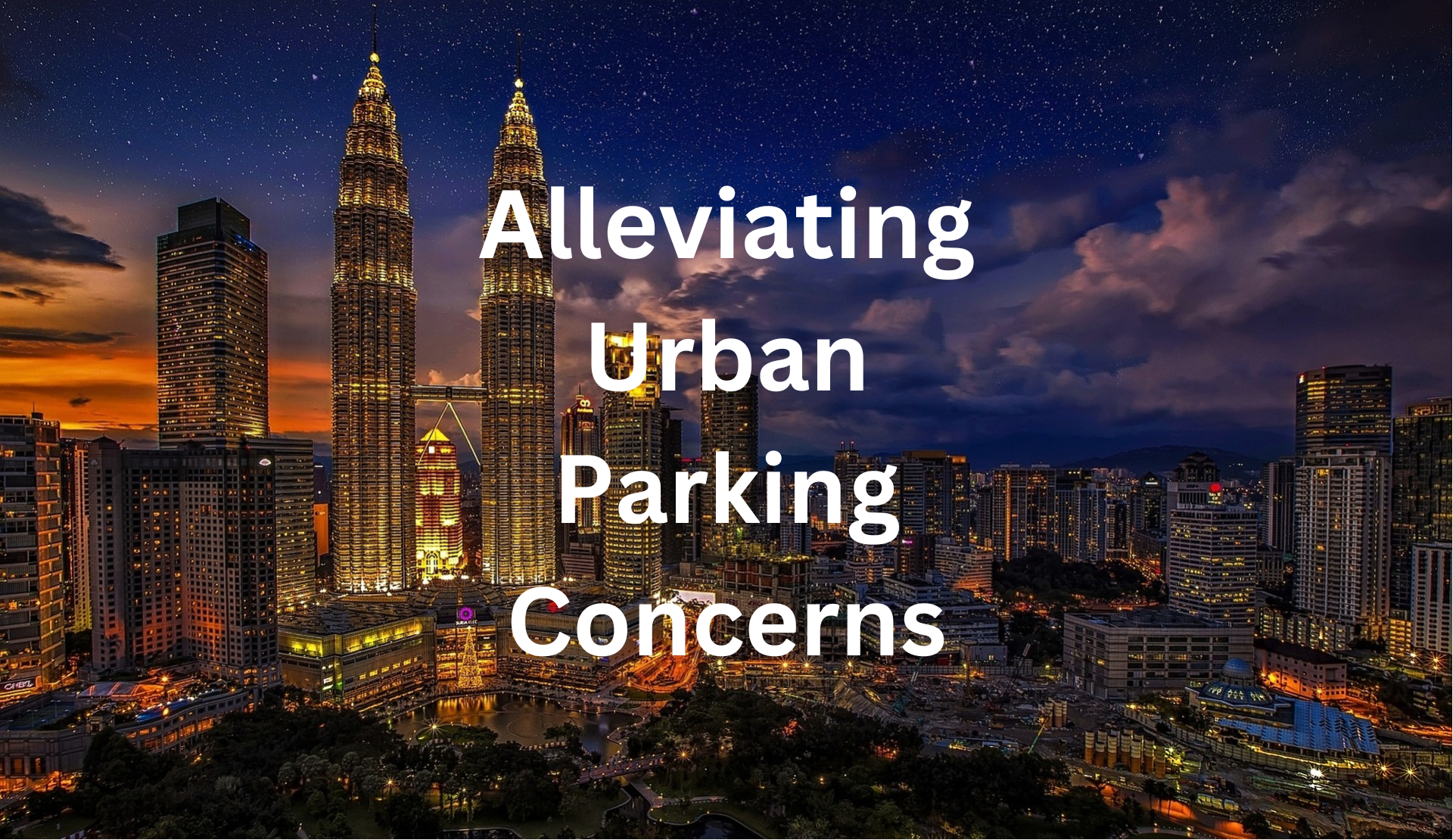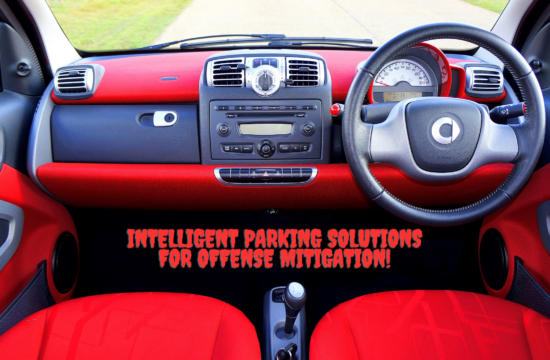As urban areas continue to grow and face increasing demands on limited parking spaces, alleviating urban parking concerns has become a pressing issue. The struggle to find available parking spots, long queues at parking facilities, and unauthorized parking have all contributed to the frustration of urban dwellers and visitors alike. In response, innovative solutions are being sought to ease these concerns and optimize parking management. This article delves into various strategies and technologies aimed at alleviating urban parking concerns, offering insights into how cities can enhance parking availability, improve traffic flow, and ultimately create a more convenient and stress-free parking experience.
Enabling Smart Parking Infrastructure
The rise of smart technologies has opened up new possibilities for transforming various aspects of urban living, and parking infrastructure is no exception. Enabling smart parking infrastructure has become a key focus for cities seeking to optimize their parking management systems. By integrating advanced technologies such as sensors, data analytics, and mobile applications, cities can revolutionize the way parking spaces are monitored, utilized, and managed. This article explores the benefits and potential of smart parking infrastructure, highlighting how it can enhance parking efficiency, reduce congestion, and improve the overall urban mobility experience. From real-time parking availability updates to seamless payment solutions, the adoption of smart parking infrastructure paves the way for a more connected and convenient urban parking ecosystem.
Embracing Non-Motorized Means of Travel
As cities continue to grapple with issues such as traffic congestion, air pollution, and limited parking spaces, there is a growing recognition of the need to embrace non-motorized means of travel. From walking and cycling to using scooters and skateboards, non-motorized transportation options offer a sustainable and efficient way to navigate urban environments. This article explores the benefits and strategies of embracing non-motorized means of travel, highlighting the positive impact it can have on public health, the environment, and urban mobility. By investing in infrastructure, promoting safety measures, and fostering a culture of active transportation, cities can create more livable and vibrant spaces while reducing dependence on cars. Embracing non-motorized travel is not only a solution to urban transportation challenges but also a step towards building healthier and more sustainable communities.
Enhancing Commuter Parking Facilities
Commuting is an integral part of many people’s daily lives, and the availability of adequate parking facilities is crucial for a seamless and stress-free commuting experience. However, in urban areas where space is limited, commuter parking can often be a significant challenge. To address this issue, there is a growing need to enhance commuter parking facilities and provide commuters with convenient and reliable parking options. This article delves into the importance of enhancing commuter parking facilities and explores various strategies to improve accessibility, capacity, and efficiency. By investing in innovative technologies, optimizing space utilization, and integrating smart parking solutions, cities can enhance commuter parking facilities, alleviate congestion, and promote sustainable modes of transportation. Improved commuter parking facilities not only benefit individual commuters but also contribute to smoother traffic flow, reduced environmental impact, and enhanced overall urban mobility.
Revamping Multi-Level Parking Facilities
As urban populations continue to grow and space becomes increasingly limited, the need to optimize parking solutions becomes paramount. Multi-level parking facilities offer a practical and space-efficient way to accommodate the growing demand for parking in densely populated areas. However, many existing multi-level parking structures may require revamping to address common challenges such as outdated design, limited capacity, and inefficient traffic flow. This article explores the importance of revamping multi-level parking facilities and highlights innovative strategies to enhance their functionality and user experience. By implementing modern technologies, improving signage and wayfinding systems, and prioritizing safety and accessibility, revamped multi-level parking facilities can better meet the needs of urban dwellers, reduce congestion, and contribute to more efficient and sustainable urban environments.
Deploying Variable Rate Pricing Models
In an era of dynamic urban landscapes and fluctuating parking demands, traditional fixed-rate pricing models may no longer effectively address the diverse parking needs of urban areas. Deploying variable rate pricing models has emerged as a progressive solution to optimize parking utilization, revenue generation, and traffic management. This article delves into the concept of variable rate pricing and its potential to revolutionize the parking industry. By leveraging data-driven insights, real-time occupancy monitoring, and demand-responsive algorithms, deploying variable rate pricing models can encourage parking turnover, incentivize alternative transportation options, and maximize parking space utilization. Through this innovative approach, cities can not only alleviate parking congestion but also create a fair and adaptable pricing system that caters to the ever-evolving needs of urban dwellers.


